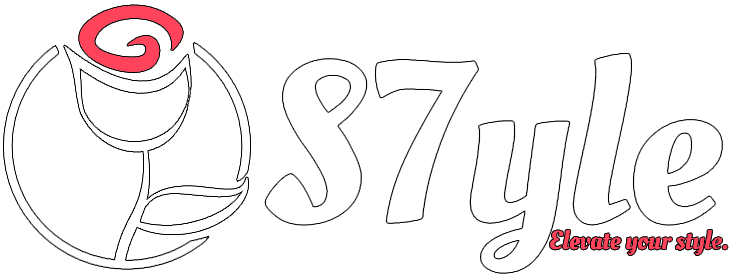In principle, this all sounds promising. However how nicely these sticky strips will work for you will depend on the kind of pores and skin challenge you’re coping with. Once more, Dr. Hu recommends them just for raised marks like hypertrophic, keloid, and post-surgical scars (ensuing from a C-section, for instance, or pores and skin most cancers removing). However silicone sheets could not enhance the look of flatter blemishes, like darkish spots from popped pimples. (In these circumstances, the difficulty isn’t collagen buildup; it’s hyperpigmentation—and for that, you’d be higher off making an attempt brightening remedies as an alternative.)
The identical goes for a wound that isn’t totally healed or closed but. “When it’s nonetheless open or draining, silicone scar sheets might improve your danger of an infection,” Dr. Hu says, by probably trapping micro organism and different irritants into the damaged pores and skin. On the flip facet, she cautions that “they’re unlikely to do a lot for outdated scars you’ve had for greater than 8–12 months.” By this level, the therapeutic course of is principally full and collagen manufacturing has slowed, so silicone received’t have a noticeable impact.
So if you happen to’re coping with a keloid or another raised scar, silicone sheets (and tapes) are positively price a shot, in accordance with Dr. Hu. They’re comparatively inexpensive (round $10-$15) and usually well-tolerated (sure elements in scar gels, Bio-Oil, and different OTC topical remedies could irritate delicate pores and skin). That stated, she recommends sticking with simply medical-grade silicone—particularly if you happen to’re coping with a newly healed wound—and avoiding probably irritating components, simply to be secure.
You will have additionally learn that scar sheets are reusable, which is technically true—you simply rinse them below lukewarm water, wash with delicate cleaning soap, and air-dry in a single day. However even if you happen to comply with these directions, Dr. Hu warns there’s nonetheless a danger of micro organism or useless pores and skin cells lingering on the strip, which might set off breakouts, irritation, and even an an infection. Plus, the cleansing course of can put on down the adhesive, making the sheet much less sticky and extra prone to slip off. So, you’re most likely higher off simply chopping a contemporary piece after every use, she says.
Talking of greatest practices, correct utility is essential too: Begin with freshly cleansed, fully dry pores and skin, “then minimize the sheet to a sq. that’s massive sufficient to cowl the spot” she provides. Above all else, you’ll have to hold the adhesive on for at the very least 12 hours—although Dr. Hu recommends sporting all of it day for, uh, at the very least 8 to 12 weeks if you happen to can. (It could take a number of months for the silicone to manage and decrease collagen manufacturing, she explains.)
Clearly, this long-term dedication could be disappointing, particularly if you happen to have been dreaming of an in a single day miracle. However right here’s the silver lining: Since silicone sheets are clear, they mix into your pores and skin, making them surprisingly straightforward to put on every single day with out drawing consideration. And with time, consistency, and a little bit persistence, Dr. Hu says you must begin seeing a considerably flatter, much less noticeable mark.
Associated:
Get extra of SELF’s science-backed skincare ideas delivered proper to your inbox—totally free.

